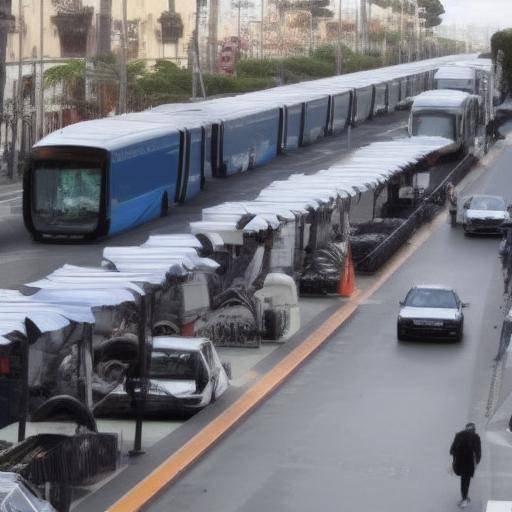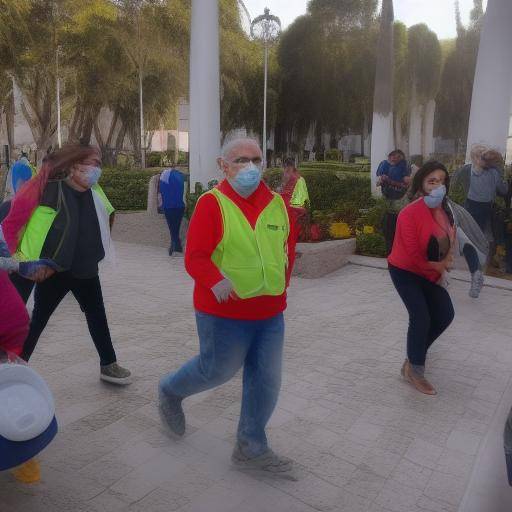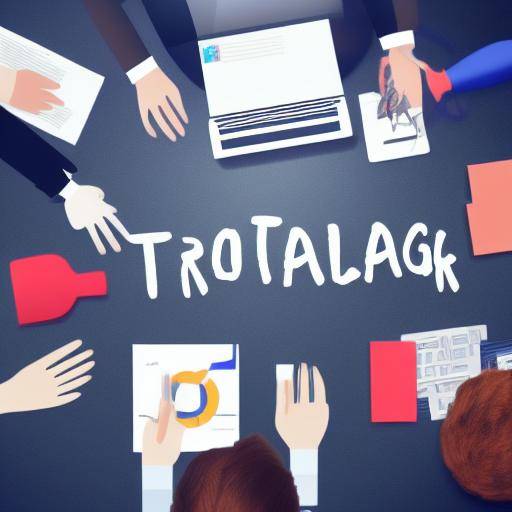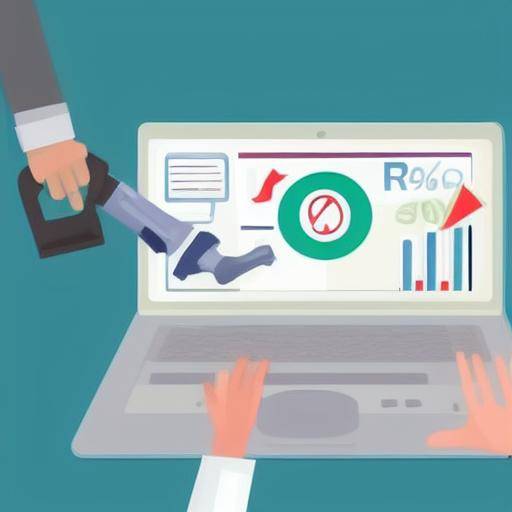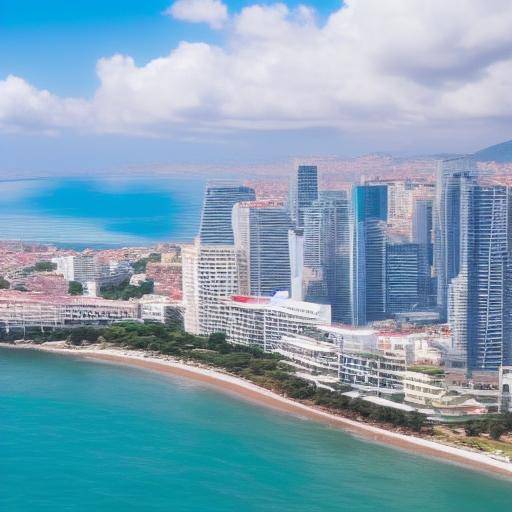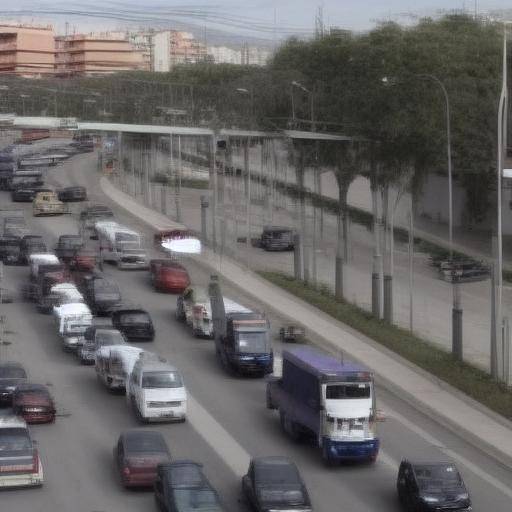
Currently, the cost of transportation can represent a challenge for many people, especially in times of economic uncertainty. Fortunately, there are more economical and efficient alternatives that allow people to travel more sustainablely, saving money and reducing their environmental impact. In this article, we will explore various transport options that offer a balance between cost, efficiency and comfort. From public transport to shared mobility solutions, we will discover how it is possible to travel intelligently and economically in the world today.
Introduction
Transport is a fundamental need in modern life, but its impact on our pockets and the environment can be significant. In this article, we will take a look at the cheapest alternatives for transport, considering factors such as cost, efficiency and sustainability. We will explore how options such as public transport, bicycles, carpooling and shared mobility technology can provide smart solutions to address these challenges. Continue reading to find out how you can optimize your travel in an economic and sustainable way.
History and Background
Origins of modern transport
Transport has evolved considerably throughout human history. From the first animal transport systems to the industrial revolution and the arrival of cars, trains and airplanes, human beings have constantly sought efficient ways to move. These developments have been critical to economic and social development, but they have also raised challenges in terms of cost and sustainability.
Public Transport Revolution
The concept of public transport has transformed urban mobility and provided an accessible alternative for millions of people around the world. From the first trams and buses to high-speed rail systems, public transport has been a fundamental pillar in the development of cities and connectivity among communities.
The era of shared mobility
With the arrival of technology and mobile applications, shared mobility has experienced a significant boom in recent years. Services of ridesharing, bike rental and electric scooters, and carpooling platforms have opened new possibilities for users, offering more accessible and efficient alternatives compared to the ownership of individual vehicles.
Recent developments and current challenges
As we enter an increasingly sustainable future, it is crucial to consider how transportation can evolve to meet current challenges. Increased vehicle congestion, rising fuel costs and the need to reduce carbon emissions are just some of the factors that are driving the search for more economical and sustainable alternatives.
Analysis in Deep
Benefits of public transport
Public transport offers a number of significant benefits, both from an economic and environmental perspective. By opting for public transport, users can reduce their individual costs, avoiding costs associated with ownership and maintenance of vehicles. In addition, the use of public transport contributes to the reduction of traffic congestion and greenhouse gas emissions, promoting a more sustainable urban environment.
Challenges and opportunities for shared mobility
While shared mobility has transformed the way we move, it has also raised unique challenges. The management of bicycle and scooters fleets, the regulation of ridesharing services and integration with public transport are aspects that require attention to ensure the efficiency and safety of these solutions. However, with careful implementation and collaboration between sectors, shared mobility has the potential to provide more affordable and sustainable alternatives for urban users.
Comprehensive review
Practical Applications
In considering more economical alternatives to transport, it is essential to examine how these options apply in daily life. The combination of different modes of transport, such as the use of bicycles along with public transport or the participation in carpooling programs, can bring significant benefits in terms of cost and efficiency. By adopting a multimodal approach, travelers can optimize their travel, reducing costs and travel times.
Comparative analysis
By comparing your own vehicle journey with the use of public transport or shared mobility, it is possible to observe differences in costs, travel times and associated environmental footprint. While the ownership of a vehicle can provide comfort and flexibility, its long-term cost can be significantly higher compared to the combination of cheaper alternatives. The evaluation of these aspects allows users to make informed decisions about which transport approach is better aligned with their individual needs and financial objectives.
Practical Tips and Recommendations
By adopting more economical transport alternatives, it is important to consider various practical aspects that can optimize travel experience. Some recommendations include planning travel in advance to take advantage of reduced rates, exploring loyalty programs and discounts offered by public transport providers, and participating in carpooling communities to share costs and reduce environmental burden. These practices can help maximize efficiency and minimize the financial impact of daily displacements.
Conclusions and FAQs
Conclusions
In short, the search for cheaper transport alternatives not only offers tangible benefits in terms of financial savings, but also plays a crucial role in reducing the environmental footprint and promoting sustainable mobility. The combination of options such as public transport, shared mobility and multimodal approach can provide comprehensive solutions that balance cost, efficiency and comfort in daily travel.
Frequently asked questions
What are the main advantages of public transport in terms of cost and efficiency?
Public transport offers affordable rates compared to the ownership of an individual vehicle, as users share operating and maintenance costs. In addition, the inclusion of exclusive lanes and traffic management technologies can improve service efficiency, reducing travel times and vehicle congestion.
How can I maximize savings by using more affordable transport alternatives?
To maximize savings, it is advisable to explore discounts available for students, seniors or local residents, plan travel on non-stop times to avoid high rates, and consider subscription to public transport programs with reduced rates.
What is the environmental impact of the most economical transport alternatives?
The adoption of cheaper alternatives, such as public transport and shared mobility, contributes to reducing carbon emissions and vehicle congestion, promoting cleaner and sustainable urban environments. By opting for more efficient modes of transport, users can contribute to the preservation of the environment and air quality.
What challenges can arise when using more economical transport alternatives?
Some common challenges include reliance on pre-established schedules and routes in public transport, as well as limited availability of shared mobility services in certain areas. Management of logistics and coordination with other users can represent additional challenges when participating in carpooling programs.
What role does technology play in the development of cheaper transport alternatives?
Technology plays a key role in facilitating travel planning, implementing efficient payment systems and optimizing shared mobility services. Mobile applications that integrate different transport options, as well as intelligent infrastructure for efficiency improvement, are key elements in the evolution of more economical and sustainable transport alternatives.
What are the future prospects for the development of cheaper transport alternatives?
Future perspectives aim at integrating automated transport solutions, fostering more sustainable lifestyles, and adopting collaborative approaches between public and private entities to promote smart and economic mobility. The advance in clean energy technologies and the design of pedestrian and bicycle-oriented infrastructures will also influence the configuration of the future of transport options.
In conclusion, the exploration of more economical transport alternatives offers a variety of options that align with the individual needs of users, promoting financial savings and a lower environmental footprint. In considering aspects such as public transport, shared mobility and smart travel practices, it is possible to strike a balance between cost, efficiency and sustainability in daily displacements. By adopting an integrated and conscious approach, travelers can optimize their travel experiences in a smart and economically viable way.








